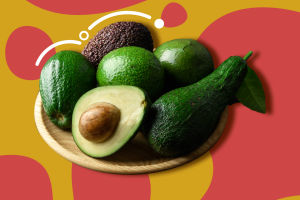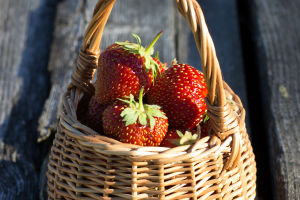Asparagus is one of the world's top ten famous vegetables. Asparagus is rich in amino acids, proteins, and vitamins, the content of which is higher than that of ordinary fruits and vegetables.
Especially asparagus and trace elements such as selenium, molybdenum, chromium, and manganese. Which have the effect of regulating the body's metabolism and improving the body's immunity.
It has strong inhibitory and pharmacological effects in the prevention and treatment of hypertension, heart disease, leukemia, blood cancer, edema, cystitis, etc.
How to identify fresh asparagus?
1. Look for freshness: No matter what kind of asparagus you buy, "freshness" is the most important thing. The whole plant should be straight in shape, with fresh, dense stems, not open, no axillary buds, no smell of water injury or rot, and bright skin that is not shrunken.
The freshly harvested asparagus will soon become fibrous and will not be easy to preserve. However, you can wrap it in newspaper and keep it in the refrigerator for 2 to 3 days.
2. Look at the color: The edible part of asparagus is the young stems. Depending on the color of the asparagus at the time of harvest, there are two types of asparagus: white asparagus and green asparagus.
Green asparagus has a fresh smell, tastes crispy and delicious, and has a high nutritional value, containing much more calcium, iron, and a variety of vitamins than white asparagus, so green asparagus is the best for fresh consumption.
White asparagus has a delicate taste and is mainly used in the production of canned food, but it can also be eaten after being blanched in salt water, and compared to green asparagus, it does not feel astringent at all and is much sweeter.
3. Look at the shape: look at the tip of the shoot. The tip of the shoot scales are compact, with no shrinkage which is better than fresh asparagus, and the opposite is not fresh. Fold the stem.
Fold the asparagus with both hands, it is brittle, easy to break, and the skin is not filamentous for freshness, and vice versa. Look at the stem. The white stems at the base of the harvest are hard, aged, or even lignified, making them less edible.
If you want to make a salad or stir-fry asparagus, you can buy thin asparagus, which is sweeter and more tender; if you want to roast asparagus, you can choose thick asparagus, which is juicy and has a strong flavor.
There are many ways to eat asparagus.
1. stir-fry with chicken, shrimp, eggs, etc.
2. eat it directly without cutting the pieces and then searing them.
3. cut, slice, or uncut as a salad side dish. One study showed that the total antioxidant activity of green asparagus increased by 16% after cooking.
In particular, beta-carotene and quercetin increased by 24% and 98%, respectively. Generally speaking, asparagus soup is delicious, rich in nutritional value, and popular with many healthy eating enthusiasts.


